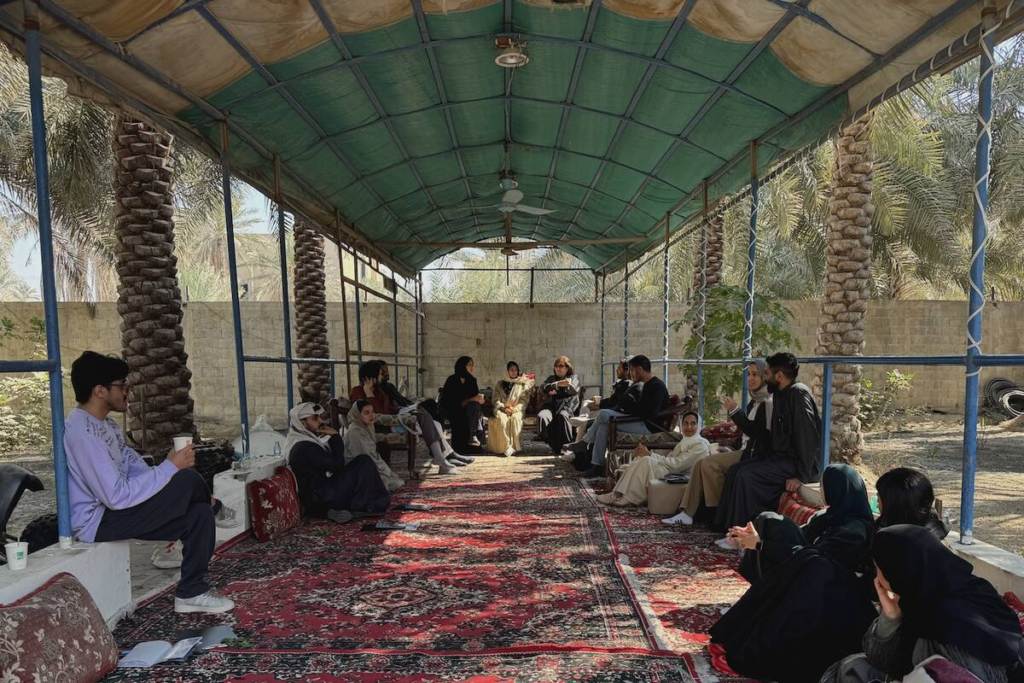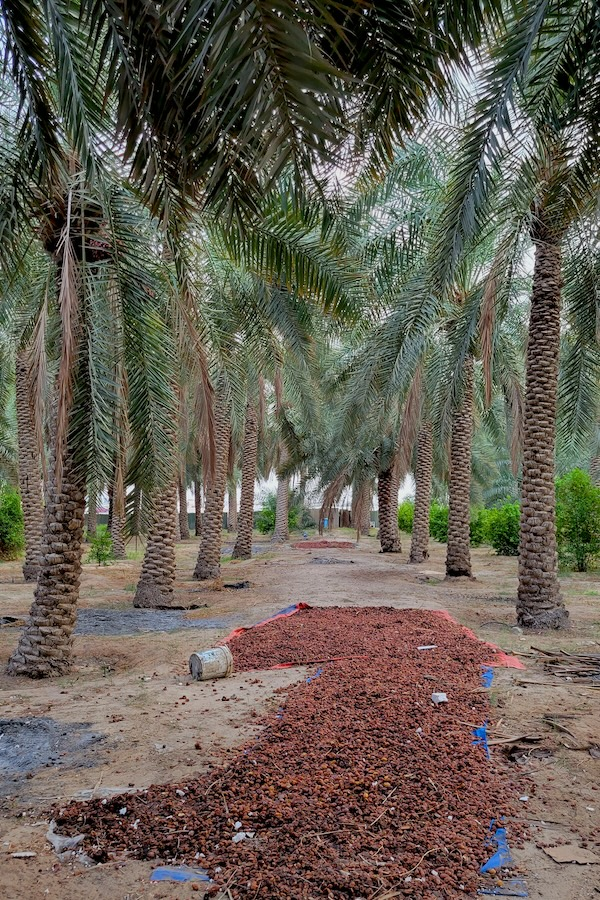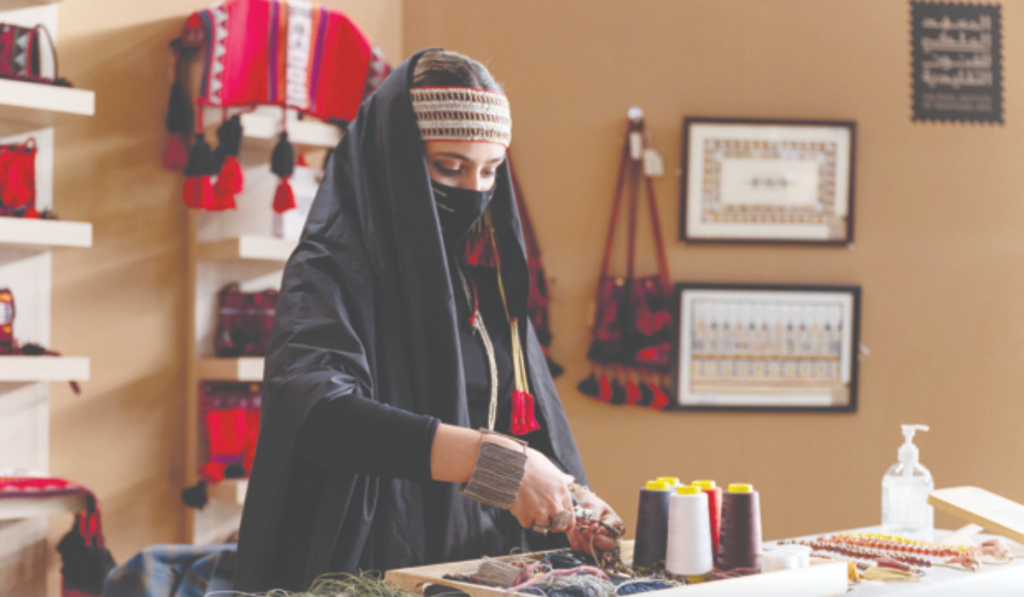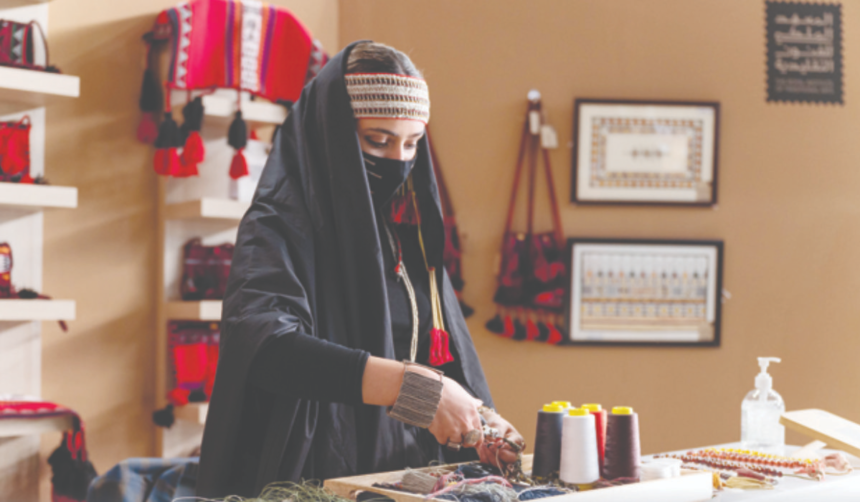Introduction
Saudi Arabia marks a significant milestone with its debut at the 24th Triennale Milano International Exhibition, presenting the ‘Maghras: A Farm for Experimentation’ pavilion. This exhibition offers a profound exploration of Al-Ahsa’s rich agricultural legacy, intertwining art, culture, and sustainability.




1. Al-Ahsa: The World’s Largest Oasis
Al-Ahsa, recognized as the world’s largest oasis, boasts over 2.5 million date palms. This fertile region has been central to Saudi Arabia’s agricultural practices for centuries, making it an ideal focal point for the pavilion.
2. The Concept of ‘Maghras’
The term ‘Maghras’ refers to a traditional unit of land defined by four palm trees. This concept symbolizes the interconnectedness of community, agriculture, and environment, serving as the thematic foundation of the exhibition.
3. Curators and Contributors
Curated by Lulu Almana and Sara Al-Omran, with creative direction from Alejandro Stein, the pavilion features works by artists such as Leen Ajlan, Mohammad Alfaraj, and Tara Aldughaither. Their contributions reflect the diverse narratives of Al-Ahsa’s farming communities.
4. Interactive and Immersive Installations
Visitors engage with multimedia installations, including videos, soundscapes, and participatory programs. These elements provide an immersive experience, highlighting the evolving relationship between people and the land.
5. Addressing Environmental Challenges
The exhibition delves into pressing issues like water scarcity, monoculture farming, and urbanization. By presenting these challenges through artistic expression, the pavilion encourages dialogue on sustainable solutions.
6. Community Engagement and Workshops
Prior to the exhibition, extensive research and workshops were conducted with local farmers and residents. This collaborative approach ensures authentic representation and fosters a deeper understanding of Al-Ahsa’s cultural landscape.
7. Aligning with Vision 2030
The ‘Maghras’ pavilion aligns with Saudi Arabia’s Vision 2030, emphasizing cultural preservation and environmental sustainability. It showcases the nation’s commitment to integrating tradition with innovation on a global stage.
Conclusion
Saudi Arabia’s ‘Maghras’ pavilion at the Milan Triennale offers a compelling narrative of Al-Ahsa’s agricultural heritage. Through art and community collaboration, it presents a vision of sustainable growth rooted in cultural identity.
For more information on Saudi Arabia’s cultural initiatives, visit the official Triennale Milano website.









